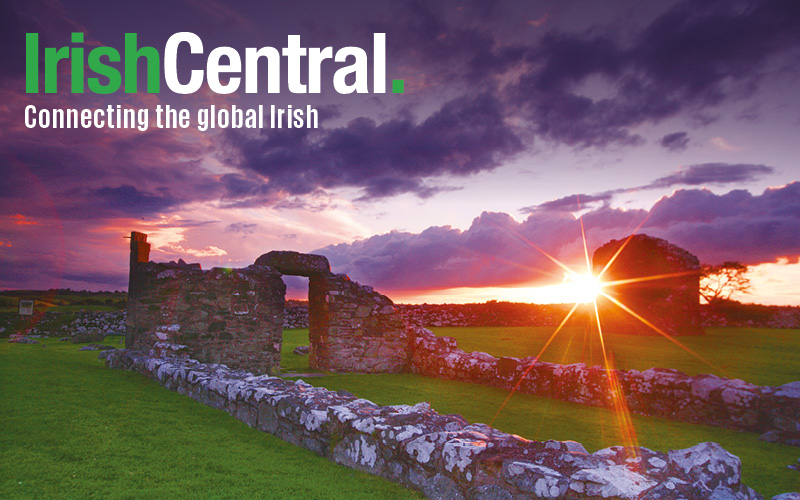Our Lady of Peace just can’t catch a break.
A few weeks back, my family attended a neighbor’s christening at Our Lady of Peace church, a five minute walk from my home in Woodbridge, New Jersey. While the church remains open, students at the adjoining Our Lady of Peace grammar school learned over the summer that their school would be closing because of a steep drop in enrollments.
Parishioners at Our Lady of Peace parish on Manhattan’s East 62nd Street, meanwhile, learned this week that their parish would also be among dozens to be closed or consolidated, under a sweeping plan announced by Cardinal Timothy Dolan.
The New York Times noted that parishioners at Manhattan’s Our Lady of Peace “had collected more than 3,000 petition signatures, circulated about 300 letters of protest and started a Facebook page and a blog.”
Nevertheless, whatever small details remain to be ironed out, Dolan has made it clear that these are painful and regrettable yet necessary decisions.
This, of course, is not the first time the Archdiocese has been forced to shuffle its resources, and it probably won’t be the last. The times they are a’changing, and it would surely be irresponsible for Dolan not to respond to shifting demographics in and around the New York area, historically considered the Catholic capital of America.
A host of factors make these periodic parish reshufflings necessary. For decades, Irish and Italian Catholics have been moving from the Bronx and Manhattan to Staten Island or nearby suburbs, dropping numbers in older parishes but raising them in newer ones.
Then there is the criminal price of real estate and doing business in New York (I mentioned I am raising my four children in New Jersey, right?), which raises parish costs, and sends non-wealthy Catholics to other places.
But there are other grim statistics that have more to do with the state of Catholicism in the 21st century.
One oft-cited statistic says that just 12 percent of the New York Archdiocese’s 2.8 million Catholics attend Mass every Sunday. Dolan himself acknowledged this in an interview with Daily News columnist Denis Hamill, himself the child of Brooklyn Irish Catholic immigrants.
“Some people blame empty churches on a shortage of priests,” Dolan said. “I say it’s a shortage of the faithful.”
The million dollar question (an appropriate term here) then becomes this: Why all those sparsely-populated pews?
If you are going to truly wrestle with why so many have come to see the Catholic Church as irrelevant to their lives, you can’t avoid the horrific sex abuse revelations and the church’s outdated views on women, gays, birth control and other matters.
The recent Vatican Synod on the family perfectly illustrates just how beholden the 21st century church is to leaders who’d prefer to turn back the clock to Galileo’s time.
Imagine if statistics about Catholics under, say, 30 were available? Do you really think 12 percent of young New York Catholics are going to Mass and Confession regularly?
Which is why, to me, Cardinal Raymond Burke’s recent negative comments about Pope Francis -- “There is a strong sense that the church is like a ship without a rudder” -- are actually welcome.
It’s why I’m appreciative when Star Ledger newspaper columnist Tom Moran tells the story of his devout mother, a widow with nine children, who married a divorced man and also found a local priest to administer Communion.
“The local priest was wrong,” Newark Archbishop John Myers once flatly declared to Moran.
With plain-spoken traditionalist rhetoric such as this, it will never be much of a mystery why so many Americans are abandoning the faith.
Church leaders need not condone hedonism in all its forms in order to appeal to today’s Catholics. They could surely find a way to speak with grace and humility about matters of the body as well as the soul.
Until then, however, the pews will likely remain sparsely populated. And the true victims will be the meek and needy who can no longer rely on selfless nuns and priests and lay volunteers who dedicate themselves to following in Jesus’ footsteps, which usually means not worrying too much about a person’s position on divorce or birth control, or who they choose to fall in love with.
(Contact “Sidewalks” at tdeignan.blogspot.com)




Comments